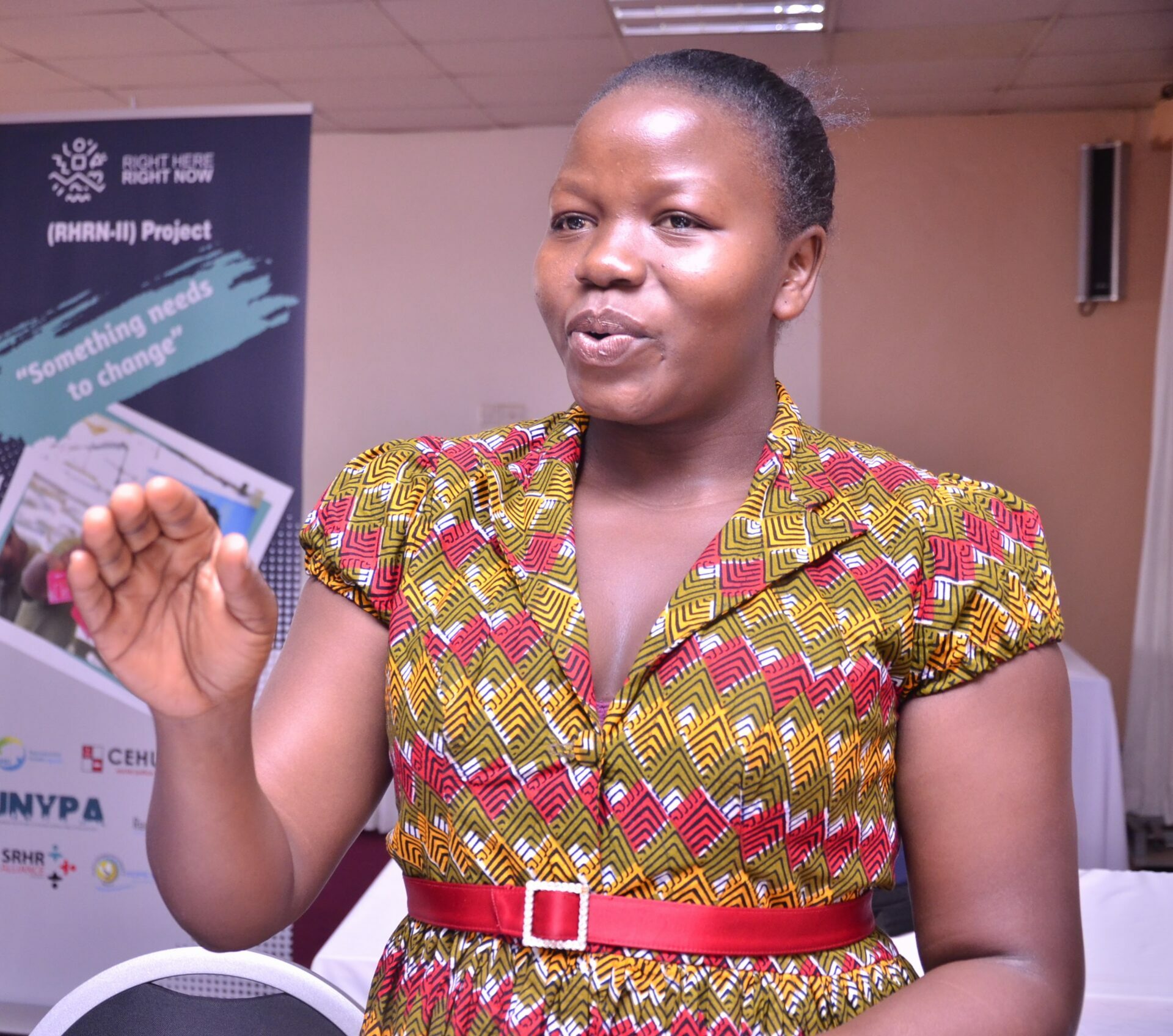A total of 63 Health Centre (HC) IVs conducted cesarean sections without blood transfusion services and 38 HC IVs did not provide any emergency obstetric care services in FY 2019/20 because of the inability to access blood or absence of requisite staff.
By Grace Awilli
It is likely that the National Budget Speech will be read today. Incidentally, today also happens to be World Blood Donor Day. The day was first commemorated in 2005 by a joint initiative of the World Health Organization (WHO) and the International Federation of Red Cross and Red Cross societies to raise awareness of the need for safe blood and blood products as well as thank the donors for their voluntary, life-saving gift of blood. It is one of the eleven global public health campaigns marked by WHO as well as the civil society organisations around the world.
Usually, blood and blood products are essential for the management of injuries, medical illnesses, and childbirth. However, chronic shortages in blood supply in the country perpetuate the high levels of morbidity and mortality from injuries, maternal loss of blood and treatable diseases. Therefore, a safe and adequate blood supply is crucial in ensuring patients in both emergency and non-emergency situations get access to safe blood to save their lives. According to WHO’s global database on blood safety, a country should be able to collect blood equivalent to one per cent of its population and Uganda with an estimated population of about 48 million collects far below the required amount which in turn leads to a wide shortage of blood in the country and thus loss of lives. In 2021, Uganda Red Cross Society mobilised 152,891 units of blood which were still insufficient in relation to the population of the country.
In Uganda, haemorrhage continues to be the leading cause of maternal death, contributing 42 per cent of all deaths reviewed, with postpartum haemorrhage contributing up to 90 per cent of all haemorrhage cases reported. Thirty-six per cent of maternal deaths occurred among young mothers under 24 years who should have been in school, contributing up to 10 percent of all maternal deaths. It should be noted that a total of 63 Health Centre (HC) IVs conducted Cesarean sections without blood transfusion services and 38 HC IVs did not provide any emergency obstetric care services in FY 2019/20 because of the inability to access blood or absence of requisite staff. It is estimated that 8,400 mothers are being unnecessarily referred to regional referral hospitals because the HC IVs lack the capacity to perform obstetric care due to the lack of blood supplies. Installation of blood fridges at HC IVs would allow these patients to receive on-site care and reduce unnecessary referrals, saving time and effort of the specialised medical staff at the regional hospitals, and reducing transportation costs. The Budget Committee of parliament noted that UBTS collects about 300,000 Units of blood annually yet the actual estimated need stands at about 420,000 Units. This leaves a blood deficit of 120,000 Units annually. In order to meet this gap, UBTS needs to expand its capacity to mobilise, collect and screen enough blood requirements.
It should be noted that low-and middle-income countries frequently have insufficient blood supplies necessary to meet the demand and as a result, patients in low and middle-income countries are frequently unable to access blood units necessary for the transfusion in a timely manner. At times, shortages of blood at hospitals in Uganda, especially in rural areas last for several days and according to statistics from various hospitals, so many people die due to these shortages. Much as Uganda has a national blood transfusion service, there has been a noticeable lack of a steady blood supply available for patients at the different health facilities. The reluctance by the community members to donate blood is attributed to a number of factors including superstition, fear of knowing their HIV status and interruptions in the supply of donor kits and testing reagents.
Therefore, the WHO recommends voluntary, non-remunerated blood donation and has set a standard of 10 blood donations/ 1000 population as a baseline value for all countries to meet. While on average, high-income counties have 32.1 donations/1,000 population, low-Income countries have only 4.6 donations/1000 population which is really low to meet the high demand for the blood needed by patients. It is estimated that blood donation by only one per cent of a country’s population is needed to meet the basic demand for blood and to achieve this, there is a lot that should be done by Ugandans in order to meet the blood donation standards by WHO and this can only be done by mobilising and encouraging the public to voluntarily donate blood so as to fill the national blood demand. Uganda also needs to improve existing structures for blood collection and enhance allocation to Uganda Blood Transfusion to cater for blood collection and processing.
It is therefore our hope that today’s budget speech will indicate increased funding for blood collection and management in order to save lives.
The writer is a Lawyer and volunteer in the Campaigns, Partnerships and Networks programme at the Center for Health, Human Rights and Development (CEHURD).

